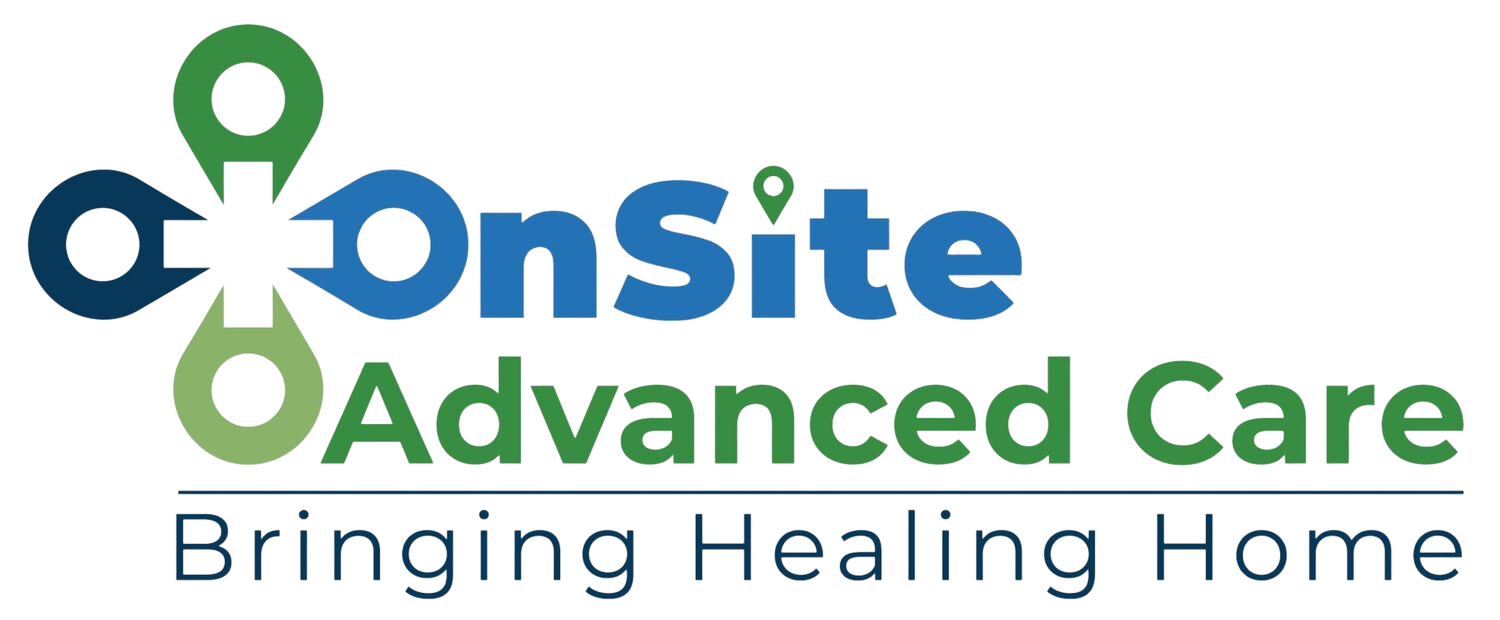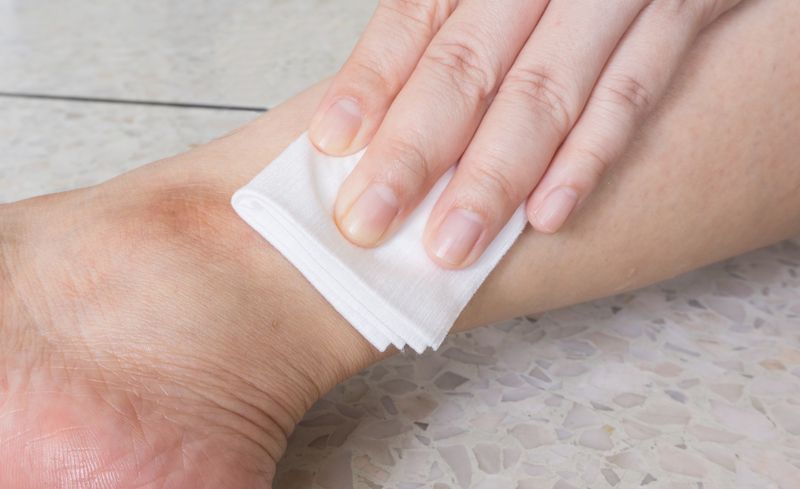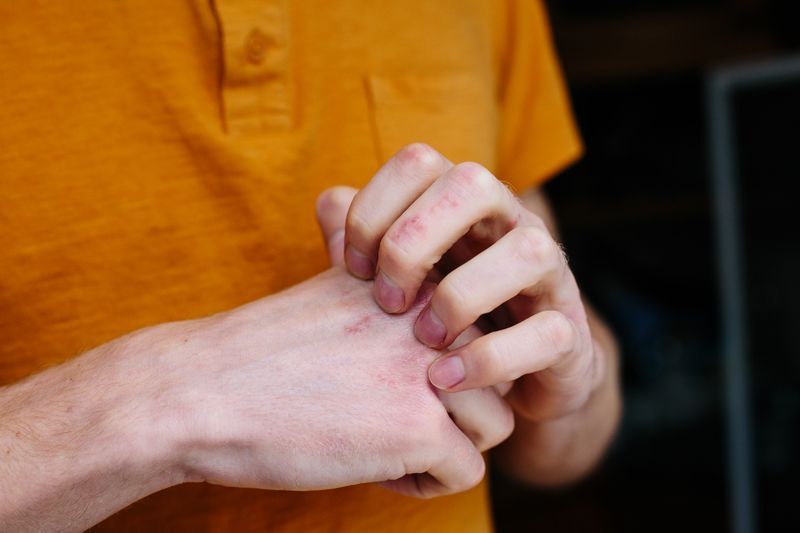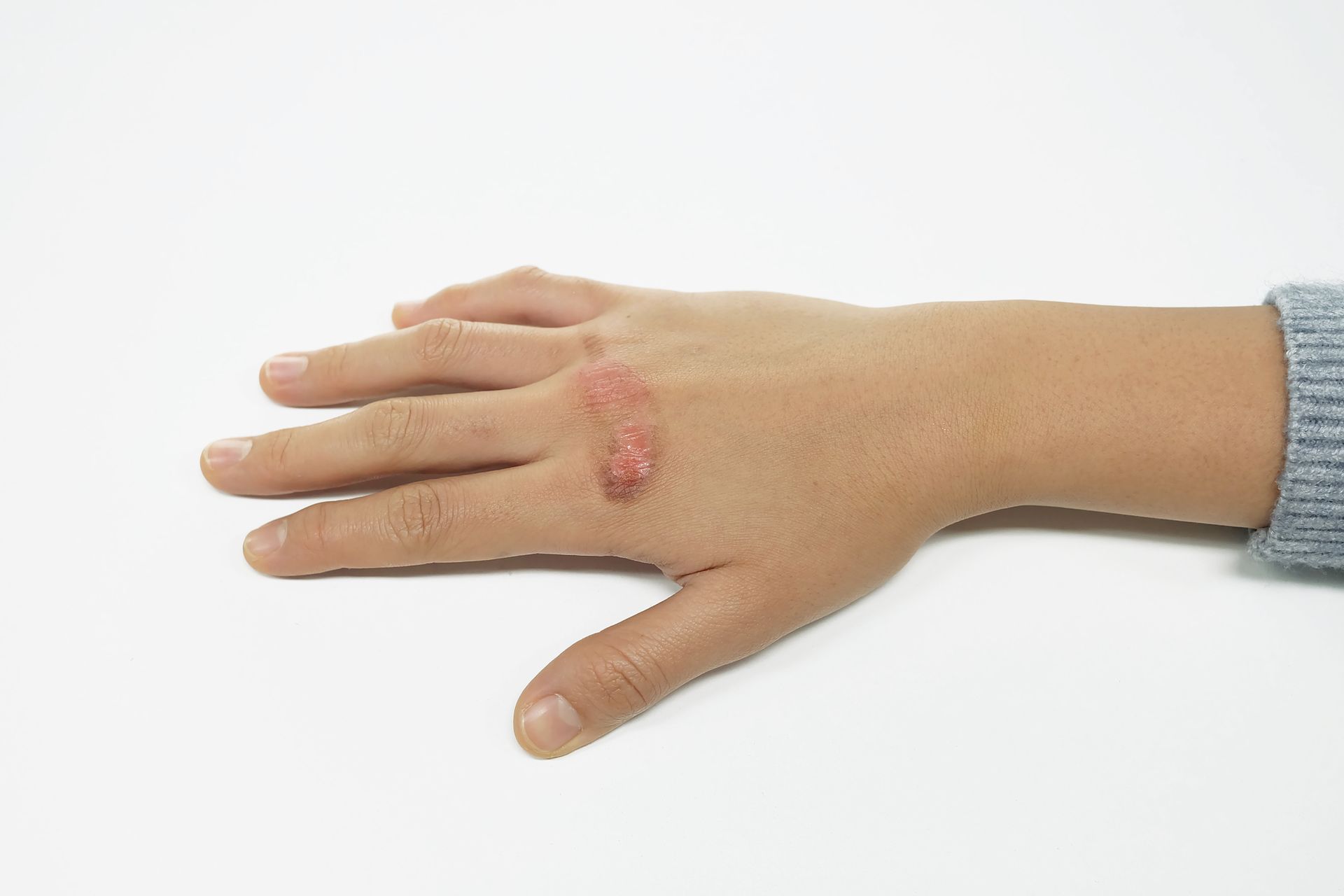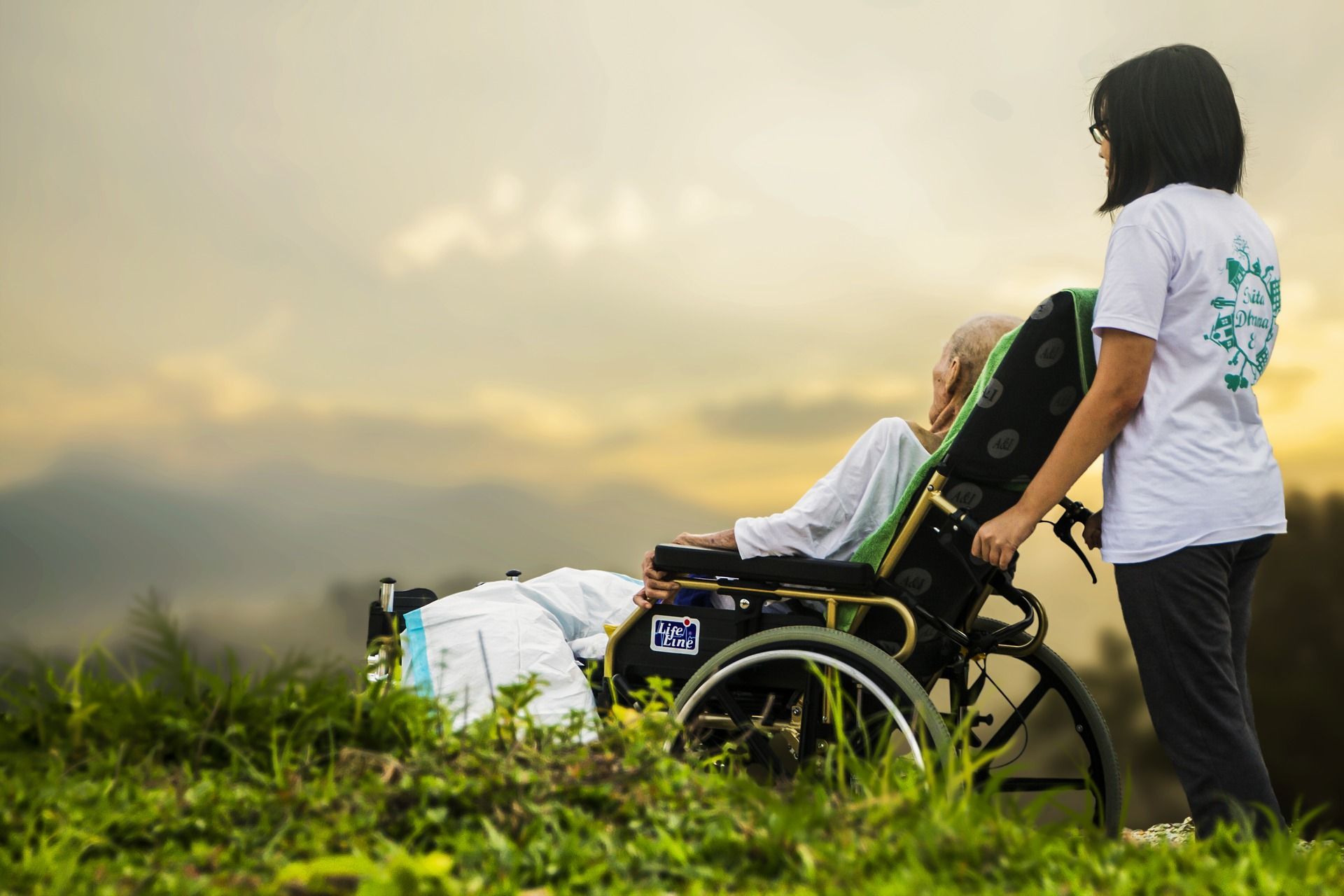The Evolution of Wound Care: Personalized Treatments and Advances
Caring for wounds has come a long way over the years. What used to be simple bandaging and basic treatments has transformed into a sophisticated field with personalized care and groundbreaking advancements. From the early days of treating injuries with the basic tools available, we now have a range of technologies at our disposal. These advancements help in healing wounds more effectively and in ways that are tailored to the needs of each individual. Through understanding the history and progress in treating wounds, we can appreciate the modern methods that make recovery faster and more comfortable.
Emerging Trends in Wound Care
The landscape of wound care is rapidly evolving, with new technologies and approaches improving the way we manage and treat wounds. This is particularly relevant for residents in and around Murray, UT, where access to advanced wound care can significantly impact patient outcomes. Among the most notable trends in wound care are the rise of telehealth and remote monitoring, the development of smart dressings and wearables, and the growing focus on patient education.
Rise of Telehealth and Remote Monitoring
Telehealth has emerged as a game-changer in many healthcare sectors, and wound care is no exception. This technology allows patients to receive expert care without the need to travel, which is a significant advancement for individuals with mobility issues or those residing in more remote areas. Remote monitoring tools enable healthcare providers to assess wound healing, manage infections, and adjust treatments without requiring frequent in-person visits. For patients receiving care from organizations like OnSite Advanced Care, this means more consistent monitoring and potentially faster recovery times.
Smart Dressings and Wearables
The integration of technology into wound care products is providing innovative solutions for tracking and enhancing the healing process. Smart dressings, capable of monitoring temperature, and pH levels, and even delivering medication directly to the wound site, represent a significant leap forward. Wearable devices that can track healing progress and alert caregivers to any signs of infection or complications are also in development. These advancements not only promise to improve the efficiency of wound care management but also empower patients with real-time insights into their healing progress.
Importance of Patient Education
As treatments become more advanced, the role of patient education in wound care management has never been more critical. Understanding wound care basics, identifying signs of infection, and knowing when to seek professional help are essential components of effective wound management. By educating patients, healthcare providers can ensure that care extends beyond clinical settings into patients' everyday lives, enhancing the overall effectiveness of treatment plans. This educational approach supports patients in becoming active participants in their healing process, ultimately leading to better outcomes.
The future of wound care looks promising, with technological advancements and an increased focus on patient-centered approaches driving significant improvements in treatment outcomes. For residents of Murray, UT, and surrounding areas, these trends are not just theoretical—they represent real-world enhancements in the care available to them through providers like OnSite Advanced Care.
The future of wound care shines brightly with the pioneering leaps in regenerative medicine. This burgeoning field has introduced remarkable innovations, notably within tissue engineering, stem cell therapy, and through extensive clinical trials. These advancements are setting the stage for significantly improved healing outcomes, particularly for chronic and complex wounds that have traditionally challenged healthcare providers in Murray, UT, and beyond.
Tissue Engineering and Skin Regeneration
Recent successes in tissue engineering have marked a transformative era in wound care. Scientists and medical professionals have made strides in growing skin and other tissues in the lab, which can be grafted onto patients with severe burns or chronic wounds. This method, known as skin regeneration, offers a beacon of hope for faster recovery and less scarring, compared to traditional skin grafts. Utilizing biocompatible materials as scaffolds, researchers have been able to cultivate skin cells that, once transplanted, continue to grow and integrate with a patient’s tissues, heralding a revolution in treating persistent wounds.
Stem Cell Therapy
Stem cell therapy has emerged as another frontier in personalized wound care. This innovative treatment leverages the body's intrinsic healing mechanisms by applying stem cells directly to the wound site, encouraging the repair and regeneration of damaged tissues. Particularly for patients suffering from diabetic ulcers and venous leg ulcers, stem cell therapy offers a novel approach that could circumvent the need for lengthy treatments and reduce the risk of infection. This method promises not only to accelerate wound healing but also to rebuild healthier tissue, reducing the likelihood of recurrence.
Clinical Trials and Research
The promise of regenerative medicine in wound care is further underscored by ongoing clinical trials and research. Key studies have begun to illustrate the efficacy and potential of these advanced treatments. For instance, a clinical trial focusing on the use of stem cells for diabetic foot ulcers has shown promising preliminary results, suggesting that such therapy can significantly enhance healing rates compared to standard care. As we stride forward, the incorporation of regenerative medicine into wound care practices holds the potential to redefine our approach to treating wounds.
For residents of Murray, UT, and the wider medical community, these breakthroughs not only signify leaps in medical technology but also a profoundly personal aspect of medicine — the restoration of health, function, and quality of life through the rejuvenation of one's tissues. The journey of regenerative medicine in wound care is just beginning, yet the impact it promises could redefine healing for generations to come. The advancement in wound care is increasingly moving towards a highly personalized approach, recognizing the uniqueness of each patient's healing journey. These advances are the integration of breakthroughs in regenerative medicine that promise to transform patient outcomes significantly. From the pioneering of tissue engineering and the leveraged potential of stem cell therapy to the in-depth insights gained from clinical trials, the customized treatment roadmap for wound care is more promising than ever before.
Tailored Treatment Plans
The concept of one-size-fits-all is becoming obsolete in modern wound care strategies. The realization that each patient's body responds differently to treatments has propelled the movement toward tailored treatment plans. This shift acknowledges various factors including genetic makeup, the nature of the wound, and personal health conditions, painting a comprehensive picture that informs a customized care approach. For residents of Murray, UT, and elsewhere, this means treatments that are specifically designed to match their unique healing needs, potentially reducing recovery times and improving overall outcomes.
Nutritional Considerations in Wound Healing
An often overlooked aspect of personalized wound care is nutrition. The role of a well-balanced diet rich in vitamins, minerals, and other nutrients in wound healing cannot be overstated. A patient's nutritional status directly influences the body's ability to repair tissues, fight infection, and recover. Personalized dietary plans that cater to the individual's health status, type of wound, and specific nutritional deficits are becoming integral to comprehensive wound care strategies. This holistic approach not only supports the body's natural healing processes but also enhances the effectiveness of other treatments.
Community Impact
The implications of these advancements in regenerative medicine and personalized care plans are profound, particularly for communities such as those in and around Murray, UT. Facilities like OnSite Advanced Care are at the forefront of incorporating these innovative trends into their wound care protocols, setting new standards in patient care. This not only benefits the immediate recipients of such advanced care but also sets a precedent for health systems nationwide, contributing to a broader understanding and acceptance of personalized medicine. The journey of regenerative medicine in the domain of wound care is indeed groundbreaking.
As we continue to witness and partake in these advances, the promise of restored health and improved quality of life for patients with chronic wounds becomes increasingly tangible. Personalized wound care approaches, underpinned by insights from tissue engineering, stem cell therapy, and nutritional science, are paving the way toward a future where wound management is as unique as the patients themselves. Through these dedicated efforts, the healing journey is becoming not just more effective, but deeply personal, affirming the dignity and individuality of each patient's experience.
As we move forward, it's clear that the interplay of technology, science, and personalized attention in wound care is not just shaping the future of medical treatments but is also redefining the landscape of patient care and recovery. The community of Murray, UT, stands at the threshold of these exciting advancements, witnessing a new era in healthcare that promises not just healing, but a renewed sense of hope and well-being.
Interested in personalized wound care using the latest advancements? Our team at Onsite Advanced Care leads innovative treatments for faster, more effective healing.
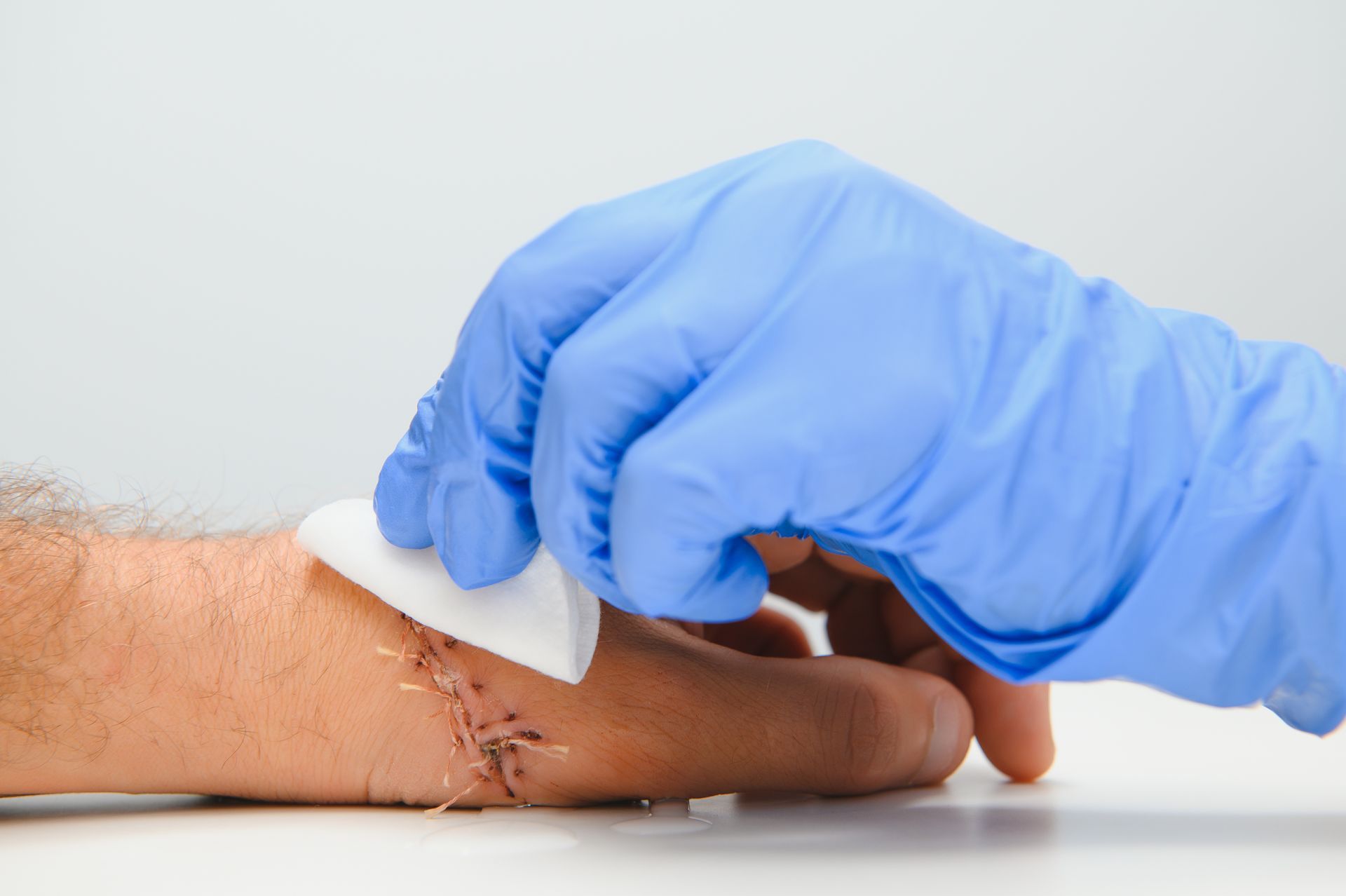
Bringing Healing Home
© 2023 Onsite Advanced Care. All Rights Reserved.
